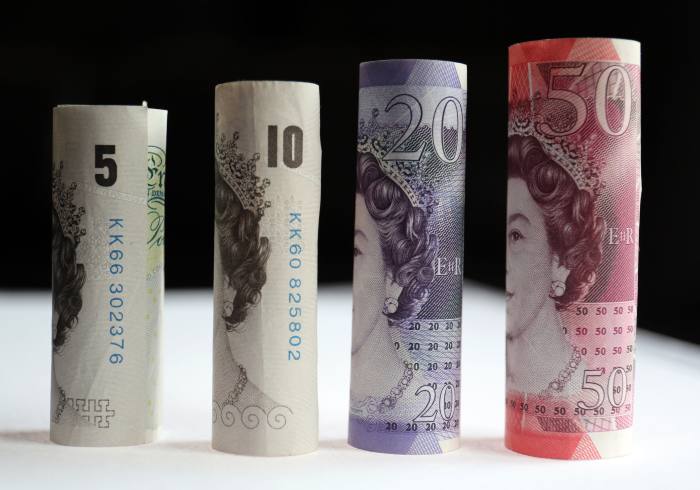
A recent study by Grant Thornton found that the current annual cost of retail investment is 2.56 per cent. This figure includes initial advice and ongoing investment fees as well as platform and fund costs.
In theory, if a client invests their full allowance into an Isa every year for 20 years and obtains 5 per cent a year growth, he/she ends would end up with £536,258 before fees. But if levies of 2.56 per cent a year are factored in, the amount they would get back reduces by nearly £140,000 to £397,603. That is quite an impact.
Of course, investing is not free. There are many costs, all of which can vary. Fund choice and frequency of trading clearly has an impact. And initial and ongoing advice fees are probably going to be influenced by the size of a client’s investment and the complexity of the required strategy – larger pots generally mean more work for an adviser.
However, platform costs are less impacted by these factors. A pure platform service is, at its heart, an administration service. In general, a platform does not make judgement calls on how clients should invest their money, or how that investment should be managed to return maximum value. It provides tools for others to use in doing that, keeps and manages records and completes transactions to order.
Most platforms in the advised market charge a percentage fee. The reality though, is that it does not cost 10 times as much to service a £500,000 portfolio as it does to service a £50,000 one.
It is equally true that a £5,000 portfolio does not have a 10th of the costs of a £50,000 pot.
Smaller investors benefit with a percentage fee – even a tiered percentage fee – but only because they are being subsidised by larger investors. On the other hand, flat fees mean that clients cover their own costs for the services they use.
Rerunning that example again of a client investing £15,240 a month year into an Isa with 5 per cent a year growth. If we assume the platform part of the overall investment cost is 35 basis points (bps), which platform specialists The Lang Cat suggests is a reasonable average in today’s market, replace that with a fixed fee platform charge of £7.50 per month and keep all other costs the same at a total of 2.21 per cent, the client could have £411,294 after 20 years. This is at least £13,000 more than with the percentage fee.
Some people dismiss flat-fee platforms, arguing that they cannot be profitable and you get what you pay for. Some believe 35 bps is “about right”. But what price is 35 bps? Depending on the portfolio size, the price of the platform service might be £5, £30, £500 or £3,000. Which of those prices is ‘about right’?
The cost of servicing a portfolio is not directly related to its value. Percentage-based platforms can only deliver the levels of service required in 2016 on the back of £30 a year revenue on an Isa because other investors are paying much more.






